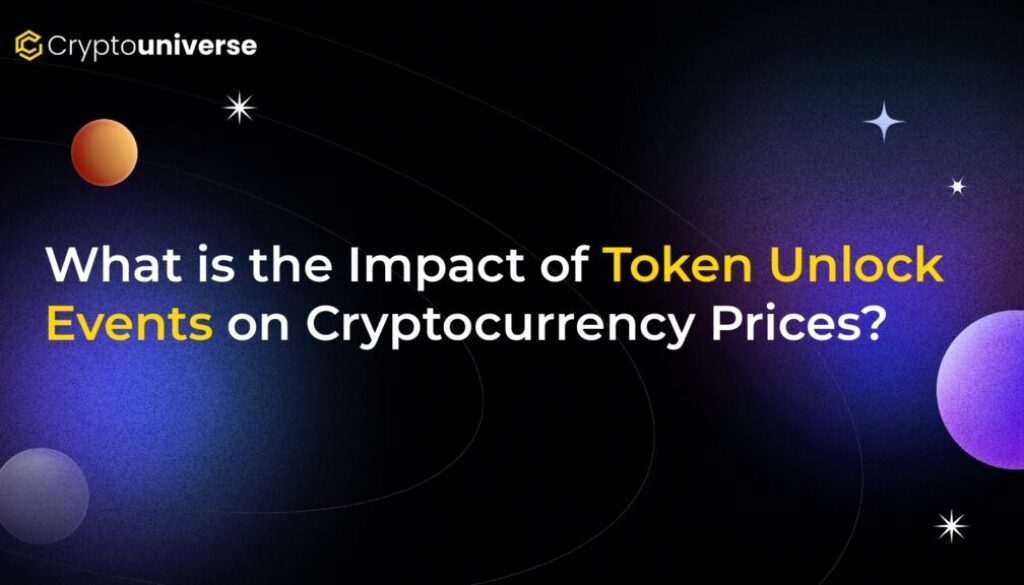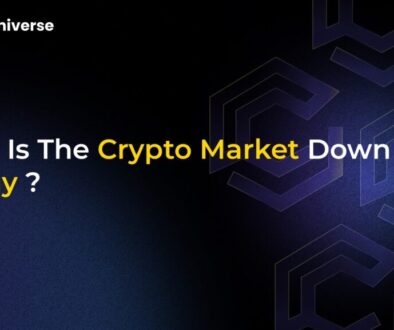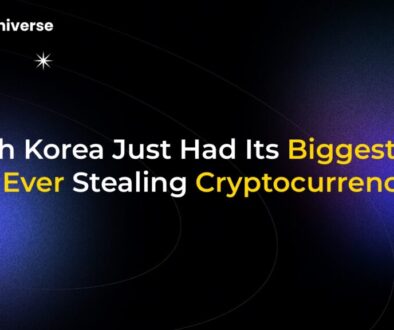What is the Impact of Token Unlock Events on Cryptocurrency Prices?

Introduction: The Ticking Clock of Crypto Supply
In the fast-paced world of cryptocurrency, savvy investors watch more than just price charts and project roadmaps. They watch the calendar. Why? Because of a crucial, often overlooked event that can send shockwaves through the market: the token unlock. With billions of dollars in tokens scheduled for release in the coming months, understanding the impact of
These events, when previously restricted tokens are released into circulation, can dramatically alter a cryptocurrency’s supply and demand dynamics. But is it always a recipe for a price drop? Let’s dive deep into what token unlocks are, how they affect prices, and what you can do to prepare.
What Exactly Are Token Unlocks?
Think of a new cryptocurrency project’s launch (Token Generation Event or TGE). Not all of its tokens are available to trade from day one. A significant portion is often “locked” for a specific period. This is done to ensure long-term commitment and prevent an immediate sell-off that could crash the price.
These locked tokens are typically allocated to:
- The Project Team & Advisors: To incentivize them to build and grow the project over the long term.
- Early Investors & VCs: As a reward for their initial funding, but locked to prevent them from immediately cashing out.
- Ecosystem & Community Rewards: Set aside for future airdrops, staking rewards, or grants to encourage platform growth.
A token unlock is the scheduled release of these tokens, making them liquid and tradable on the open market. It’s like opening a floodgate, and the resulting flow of new supply can have significant consequences.
The Immediate Impact: Supply, Demand, and Price Volatility
The most common and immediate effect of a token unlock is downward pressure on the price. It boils down to a fundamental economic principle: when supply increases while demand stays the same, prices tend to fall.
Here’s why:
- Increased Selling Pressure: Early investors or team members might sell their newly unlocked tokens to realize profits. This is especially true for venture capital funds that may use these events as planned “exit liquidity.”
- Market Anticipation: The market often prices in the potential sell-off before the unlock even happens. Traders, anticipating a dip, may sell their holdings in advance, creating a self-fulfilling prophecy.
- Significant Supply Shock: Some unlocks are massive relative to the existing circulating supply. For example, the ONDO token had an unlock event where tokens equivalent to over 130% of its circulating supply were released. Events of this scale can cause severe market volatility.
Recent months have seen huge unlock waves, with announcements of over $4.5 billion in tokens hitting the market in a single month. Projects like Sui ($SUI), Aptos ($APT), and Arbitrum ($ARB) frequently have large unlocks that are closely watched by the entire crypto community.
It’s Not Always a Price Dump: Nuances and Long-Term Effects
While the fear of a price crash is real, a token unlock doesn’t automatically spell disaster. The actual impact depends on several critical factors that can paint a very different picture.
1. Overall Market Sentiment
A bull market can be incredibly forgiving. When optimism is high and capital is flowing into crypto, the market can often absorb the new supply from an unlock with minimal negative impact. In some cases, if the project is strong, the price might even continue to rise, as seen with tokens like $INJ and $UNI during certain market cycles.
2. Who is Unlocking?
The source of the unlocked tokens matters immensely. An unlock for VCs who are known to take profits quickly is viewed more negatively than an unlock designated for community staking rewards or ecosystem development grants. The latter can signal growth and reinvestment into the project, which can be a positive long-term catalyst.
3. Project Fundamentals and Transparency
A project with a strong use case, a dedicated community, and a transparent team can weather an unlock more effectively. If the project consistently hits its roadmap milestones and clearly communicates its tokenomics, investors are more likely to hold their tokens, trusting in the long-term vision. Conversely, a lack of transparency can fuel negative sentiment and exacerbate a sell-off.
4. The Size and Schedule of the Unlock
A small unlock, representing a tiny fraction of the circulating supply, is unlikely to move the needle much. However, a large “cliff unlock,” where a massive chunk of tokens is released all at once, poses a much greater risk of price suppression. Projects with a gradual, linear vesting schedule are often seen as more stable.
A Trader’s Guide to Navigating Token Unlocks
Instead of fearing unlocks, smart traders use them as a source of market intelligence. Here’s how you can stay ahead:
- Watch the Calendar: Don’t just watch the price; watch the unlock schedule. Several online platforms and data aggregators specialize in tracking upcoming token unlocks. Set reminders for major events concerning assets in your portfolio.
- Analyze the Details: Dig deeper than just the date. Find out the exact amount being unlocked, what percentage of the circulating supply it represents, and who the recipients are (team, investors, community).
- Assess the Context: Consider the broader market conditions. Is the sentiment bullish or bearish? How has the token performed leading up to the unlock? Is there positive news or development around the project that could counteract potential selling pressure?
- Plan Your Strategy: Based on your research, you can decide whether to de-risk your position, wait for a potential dip to buy, or hold through the event with confidence in the project’s long-term potential.
Conclusion: A Key Piece of the Crypto Puzzle
Token unlocks are a fundamental and unavoidable part of the cryptocurrency lifecycle. While they introduce a clear risk of volatility and price suppression, they are not a simple “sell” signal. They are complex events whose impact is shaped by market sentiment, project strength, and the specifics of the unlock itself.
By understanding these dynamics and doing your due diligence, you can move from being a reactive investor to a proactive trader, turning potential market turbulence into a strategic opportunity.


